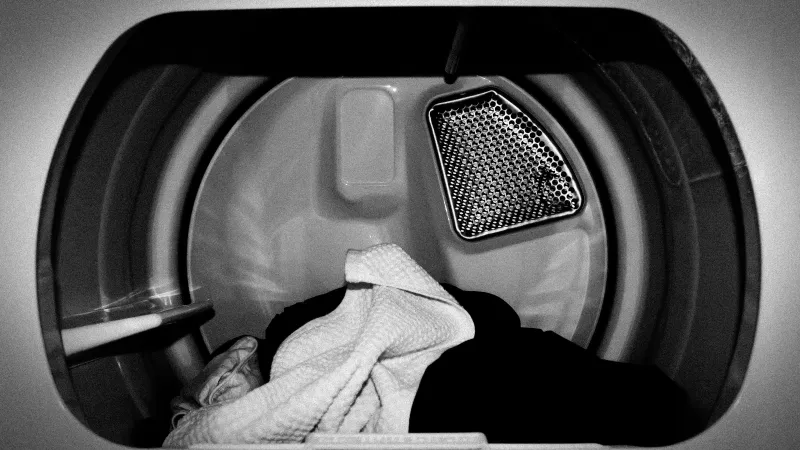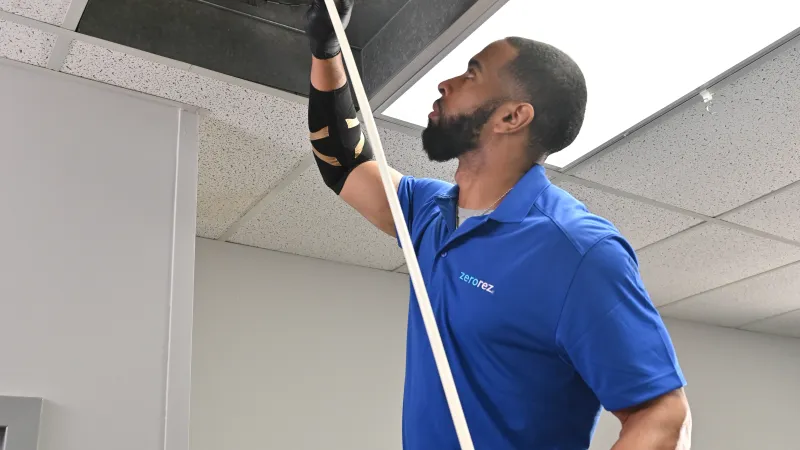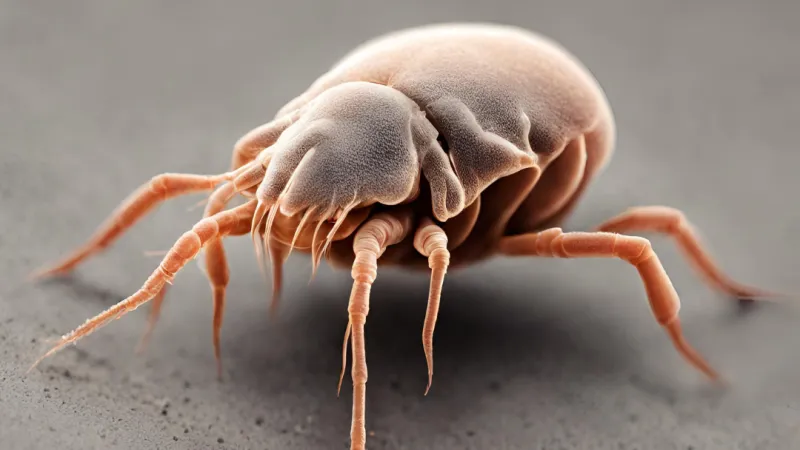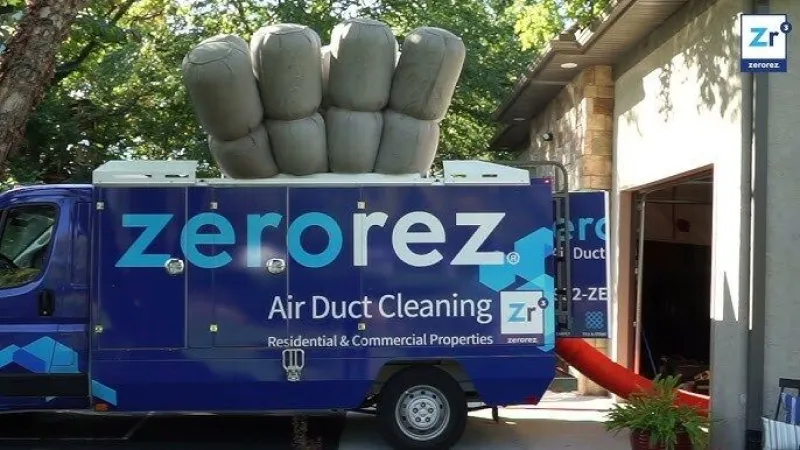How Often To Clean Dryer Vent: Why It Matters & Frequency Factors
Cleaning your dryer vent helps prevent dryer vent fires that cause loss of lives and property annually. Professional dryer vent cleaning goes beyond DIY, which typically only involves wiping the dryer drum with warm, soapy water and a microfiber cloth.
Professional dryer vent cleaning entails cleaning the lint trap, dryer motor, vent hose, and exterior vent hood.
Wondering how often to clean dryer vent?
Professionally clean your dryer vent every 1 to 3 years or more often based on the following factors:
- The manufacturer's cleaning frequency instructions
- Frequency of use
- Family size and number of pets
- System length, the number of bends, and if the duct joints or vent are taped or screwed together
Read on as we unveil dryer vent cleaning pros, how often to do so, and if you should DIY.

5 Advantages of Dryer Vent Cleaning
Some of the major advantages of professional regular dryer vent cleaning include:
1. Prevention of Dryer Fires
Many lives and homes have been lost due to dryer vents fires. Dirty dryer vents are a common fire hazard in the United States and other developed countries. You can often DIY, but a professional service provider cleans every part that makes the whole system, including the dryer motor, vent hose, exterior vent hood, and lint trap.
2. Saves Energy
Dirty or clogged dryer vents consume more energy when operating. Regularly cleaning them can improve their efficiency and energy consumption by up to 30%.
3. Prolongs a Dryer Vent's Life
Like air ducts, dirt, dust, and other debris cause wear and tear to a dryer vent's primary components because they work as hard when drying clothes. This could cut your dryer's lifespan by half, causing unnecessary expenses and exposing your home and life to deadly fire.
4. Reduces Dryer Maintenance Costs
Properly maintained or regularly cleaned dryer vents prevent clogs or system overeating, which causes regular technical hitches or a system breakdown that costs an arm and a leg.
5. Improves Dryer's Airflow
Lint buildup results in poor airflow, preventing your system from drying clothes properly or quickly. If you're using the auto or sensor settings, it's not easy to know if your clothes take longer to dry.
Poor airflow exerts additional stress on the dryer's components, resulting in:
- Extended drying time, resulting in higher utility bills
- Dryer malfunction
- Dryer fires
- The buildup of carbon monoxide in gas dryers
- Reduced dryer lifespan
- Dryer overheating
How Often to Clean Dryer Vent
Some dryer vent cleaning companies recommend cleaning it every 1 to 3 years if it's rarely used, but every 6 to 9 months if you have pets or a large family.
Below are reasons why your dryer vent may need to be cleaned more often.
- Frequency of use: Larger families use the dryer more often than smaller ones. The more often you use a dryer, the more often it accumulates lint, calling for frequent professional cleaning, probably every 6 to 9 months, and in between, DIY.
- Pets: If you have heavily shedding pets, you must clean the dryer vent often. Pet dander causes clogs, which can result in a dryer vent fire—another reason to own hypoallergenic dog breeds!
- Type of laundry: If you do bulky laundry, for example, pillows, towels, comforters, small rugs, and blankets, lint is likely to build up faster to cause clogs, so the dryer needs to be cleaned more often.
- Frequency of buying new clothes: New clothes produce more lint, increasing the possibility of clogs. The more frequently you buy new clothes, the more frequently you need to clean out the dryer vent.
- Clogs: When you notice signs of clogs, it's time to call the experts to clean the dryer vent thoroughly.
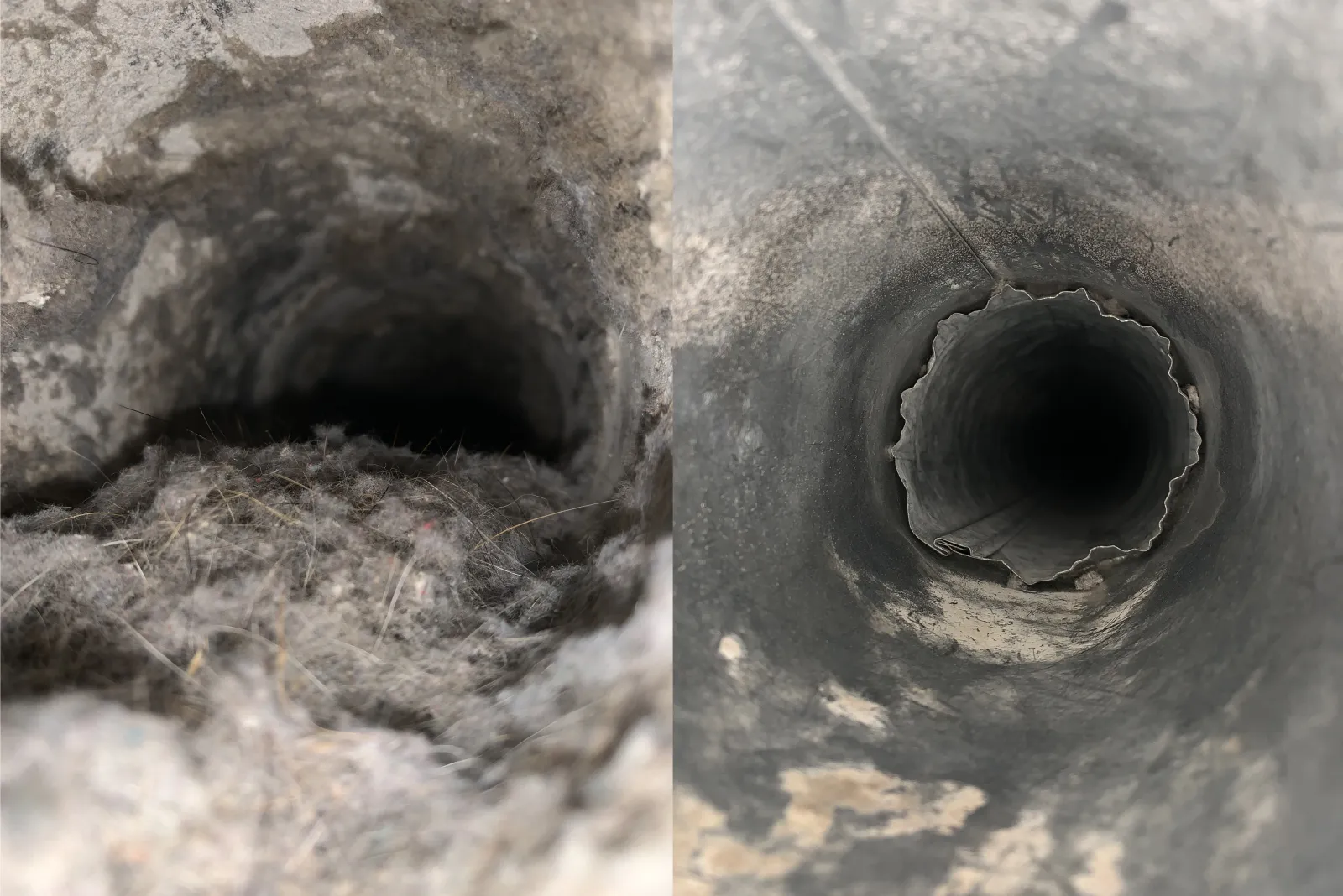
How Do I Know if My Dryer Vent Is Clogged?
There are various signs to look out for to know that your dryer is clogged, including:
- Clothes not drying properly during a normal cycle
- Clothes becoming too hot to the touch after drying
- The presence of debris within the dryer vent's outside opening
- An odor emanating from the dryer sheets in use during the drying cycle
- A musty odor in the clothes after a drying cycle
- The hood flap fails to open properly whenever you want to operate the dryer vent
- Lint clogs in the lint trap during the drying cycle
- Extremely high temperatures in the room whenever the dryer and the washer are in operation
Measures to Prevent Future Dryer Vent Buildup
- Before each cycle, remove lint from the lint trap filter
- Keep the laundry room clean and dusted
- Vacuum and wash the lint screen regularly
Should You Clean the Dryer Vent Yourself or Hire a Professional?
Clean the vents yourself if:
- You're not handling delicate parts
- The vent system is not too long
- You can access the outside vents safely
Dryer Vent System
Some laundry rooms, especially those in homes built in the 1980s, are towards the center of the building, resulting in long vent systems. A long system may downgrade the overall performance if the dryer vent doesn't have booster blowers.
Bends reduce airflow and result in frequent lint buildup. Long systems also require a trained dryer vent cleaner to prevent damage.
Some systems also exit the house on the second floor (exterior sidewall), or even sometimes the roof, which can make it difficult to access, or to do so safely.
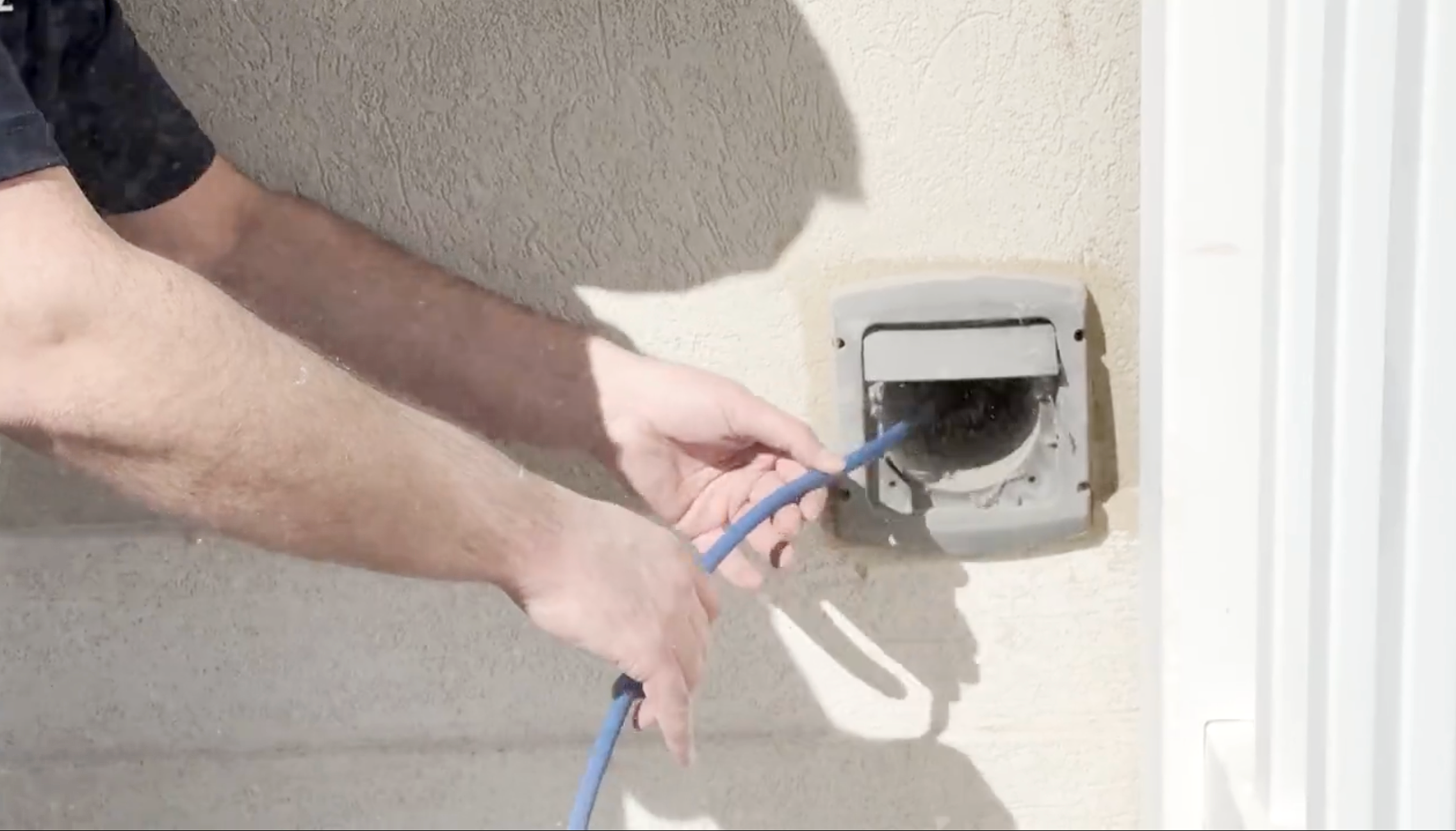
Delicate Dryer Parts and Components
Lack of proper dryer vent cleaning training may damage expensive parts.
Based on the dryer brand you're using, you may have to unplug it, remove the front of the system, and disconnect the computer board or electrical components to access the area found underneath the drum.
This explains why professional dryer cleaning is necessary, and it involves cleaning the following areas:
- The dryer components and cabinet
- The parts leading outside
- The dryer pipe or transition hose
- The dryer blower and motor
- The lint trap housing
- The dryer cabinet duct (interior)
- The surfaces around your dryer, including the floor underneath and the surrounding walls
- The wall exhaust outlet or outlet hood
- If applicable, the dryer booster blower
If you're not sure about the severity of the buildup or aren't knowledgeable enough about cleaning your air ducts, don't take the risk; hire Zerorez®.
Your safety is paramount; invest in professional duct and vent cleaning services to prevent dryer vent malfunctions or fires.
